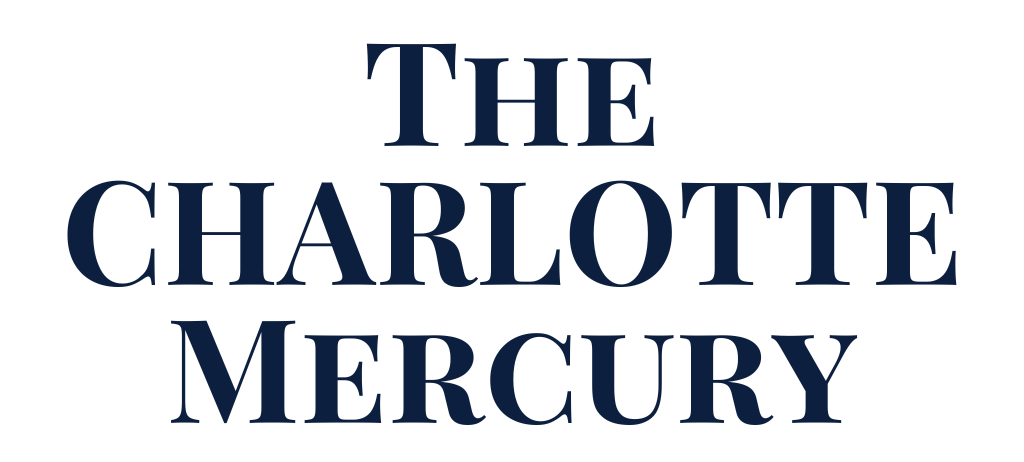Democracy’s Pre-Game Show
The First Election Happens First
Turnout in North Carolina’s 2024 primaries hovered near 20 percent. In Mecklenburg County it fell below that mark, yet those votes effectively locked most November results. Nationwide, 87 percent of U.S. House seats were settled in primaries decided by roughly seven percent of the electorate, according to the non-profit Unite America report. Small numbers, large consequences.
Safe Seats, Loud Margins
Partisan redistricting has shrunk the list of competitive districts. Candidates aim their message at the reliable few rather than the skeptical many. Digital micro-targeting lets campaigns speak only to superfans, further muting moderates. Fewer newspapers—more than 3,300 have folded since 2005, notes the Northwestern State of Local News Project—means less coverage to shame no-show voters.
Case Studies in Turning the Dial
- Alaska’s Top-Four
In 2022 the new non-partisan primary drew 37 percent turnout, ten points higher than its previous closed contest, state records show. - California’s Top-Two
Turnout reached 29 percent in the 2022 midterm primary—top-ten nationally, not the silver bullet some promised, but still better than most closed states. - Denver’s Mobile Ballots
A 2019 pilot doubled ballots from overseas voters, though MIT computer scientists later warned of security flaws in the same Voatz system.
Charlotte’s Quiet Math
Primary turnout suggests about one in five eligible Charlotteans will choose party nominees for 2025 city seats. The rest will watch those nominees coast in “safe” November districts. Candidates see the math and campaign accordingly: fewer yard signs, more Instagram reels, sharper rhetoric meant to thrill a loyal base.
How to Widen the Door
- Open or Semi-Open Primaries let unaffiliated voters—about 40 percent of the electorate—cast a meaningful ballot.
- Ranked-Choice Instant Runoffs lower the risk of spoiler outcomes and may temper extremes.
- Vote Centers and Same-Day Registration cut lines and paperwork.
- Civic Media (that’s us) publish plain-English ballot explainers and quiz tools. See News and Politics for the running log.
- Corporate PTO for Voting costs less than a morale-boosting pizza party and does more for the city.
Poll Dance 2025: Join the Dance 🕺
The Charlotte Mercury’s special election hub—Poll Dance 2025—tracks every filing, finance report, and fringe candidacy so voters can decide before the die is cast. Bring questions; we will drag answers into daylight.
Thank You to Our Sponsor
Glory Days Apparel — “Charlotte’s Premier Nostalgia Brand” — keeps this newsroom caffeinated and mildly presentable. Browse the flag-ship shop at 2202 Hawkins Street or the online Secret Menu for limited drops. Phone and email live on the site; memories live on soft cotton.
About the Author ☕️
Jack Beckett covers politics and policy for The Charlotte Mercury. He runs on black coffee, public-records PDFs, and the faint hope that turnout will outgrow irony.
Where to Read More
New to the Mercury? Start with our pillar content, or dive straight into Business, Housing, or the daily News. Got tips, gripes, or memes? Ping us on X (Twix). The fine print lives at our Privacy Policy, About Us, Terms of Service, Media Kit, and Contact pages.
Creative Commons License
© 2025 Strolling Ballantyne / The Charlotte Mercury
This article, “Primaries Decide the Race: Charlotte’s Twenty-Percent Problem,” by Jack Beckett is licensed under CC BY-ND 4.0.
“Primaries Decide the Race: Charlotte’s Twenty-Percent Problem”
by Jack Beckett, The Charlotte Mercury (CC BY-ND 4.0)
